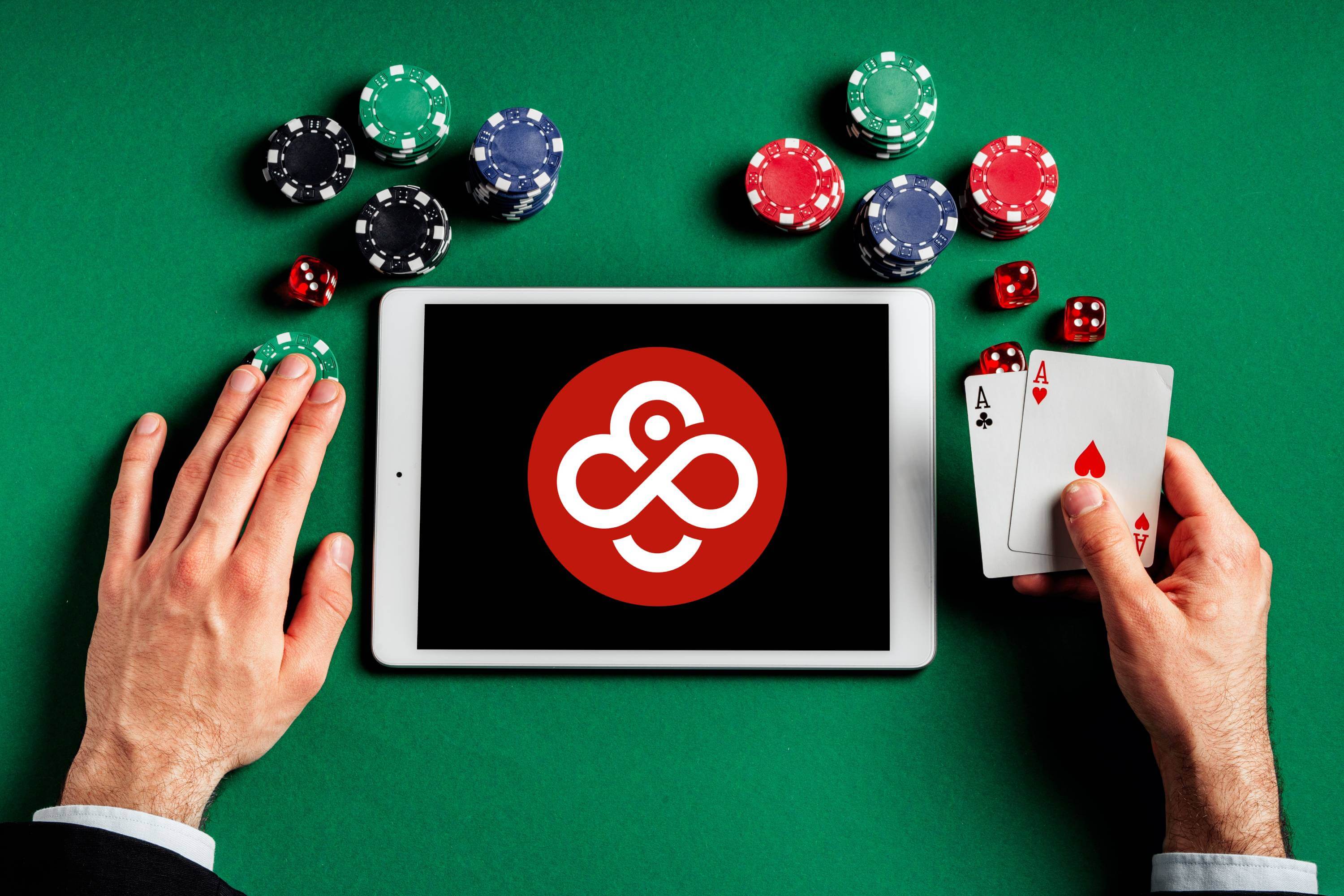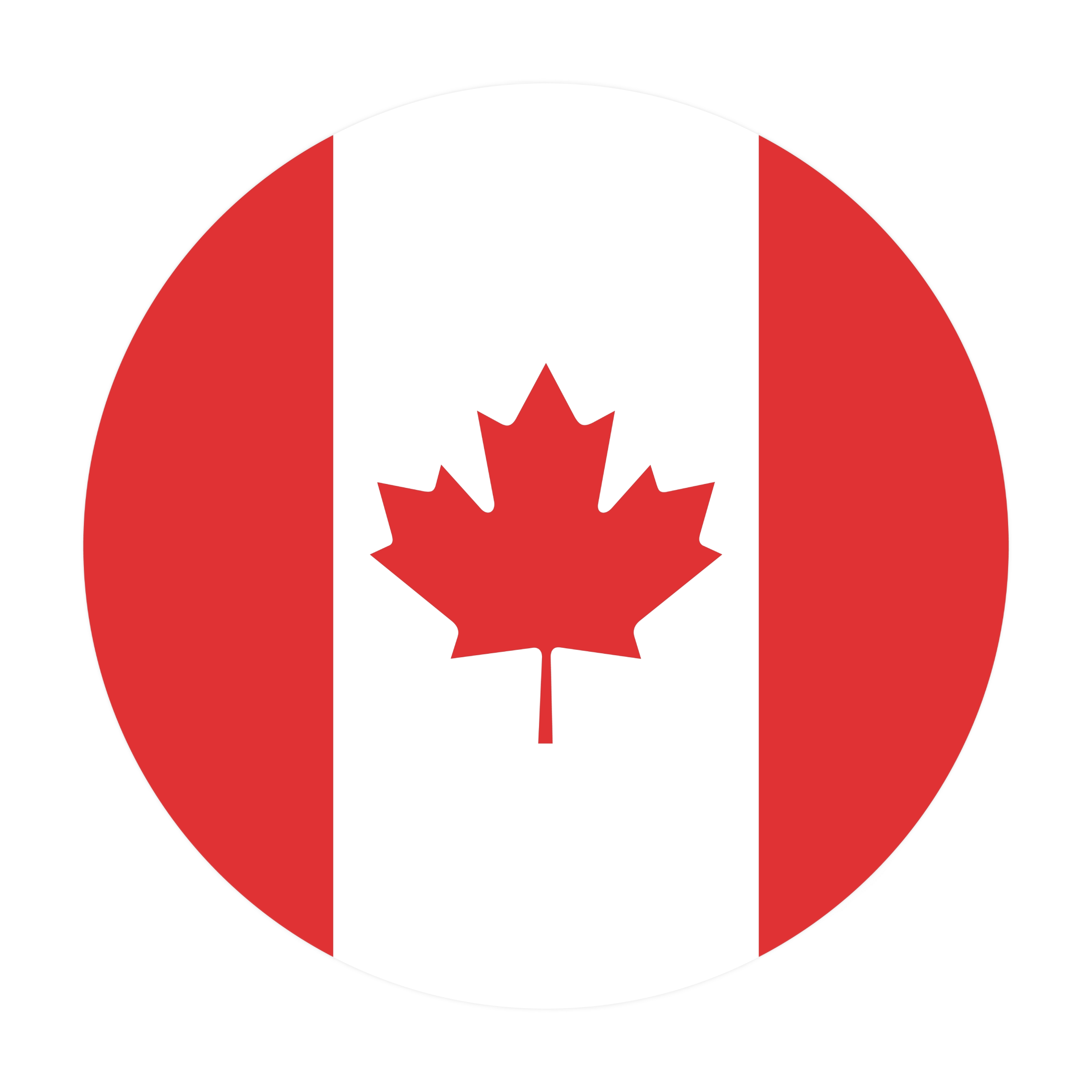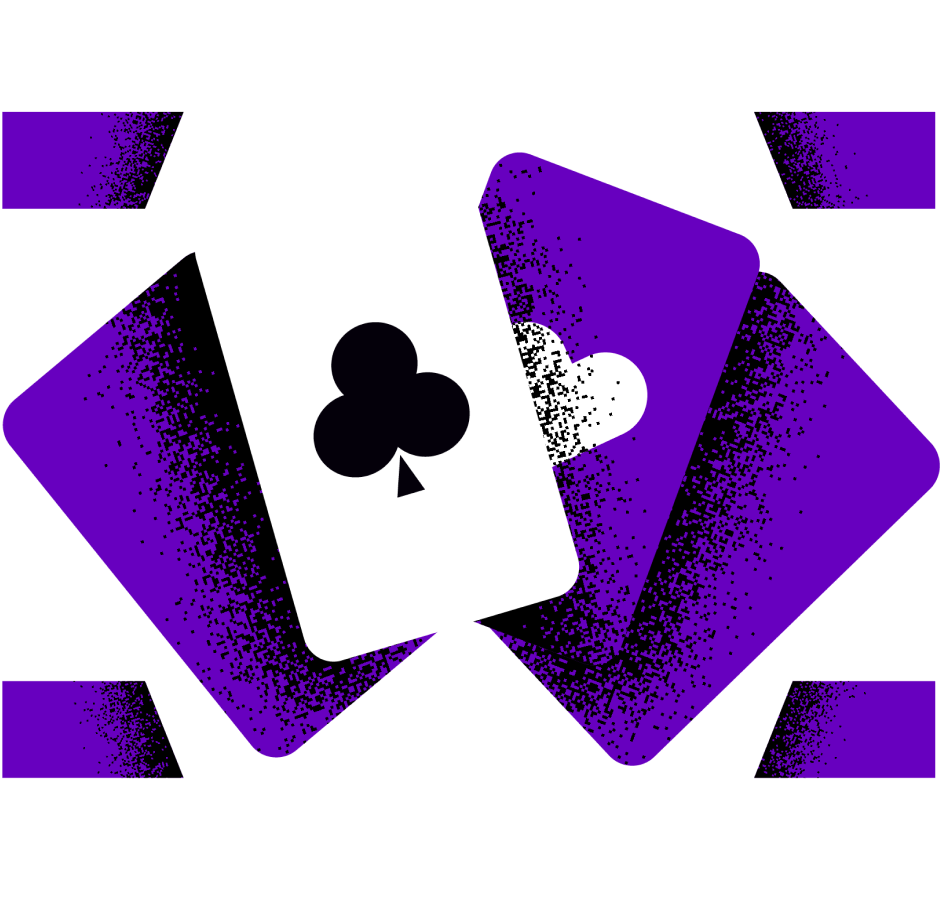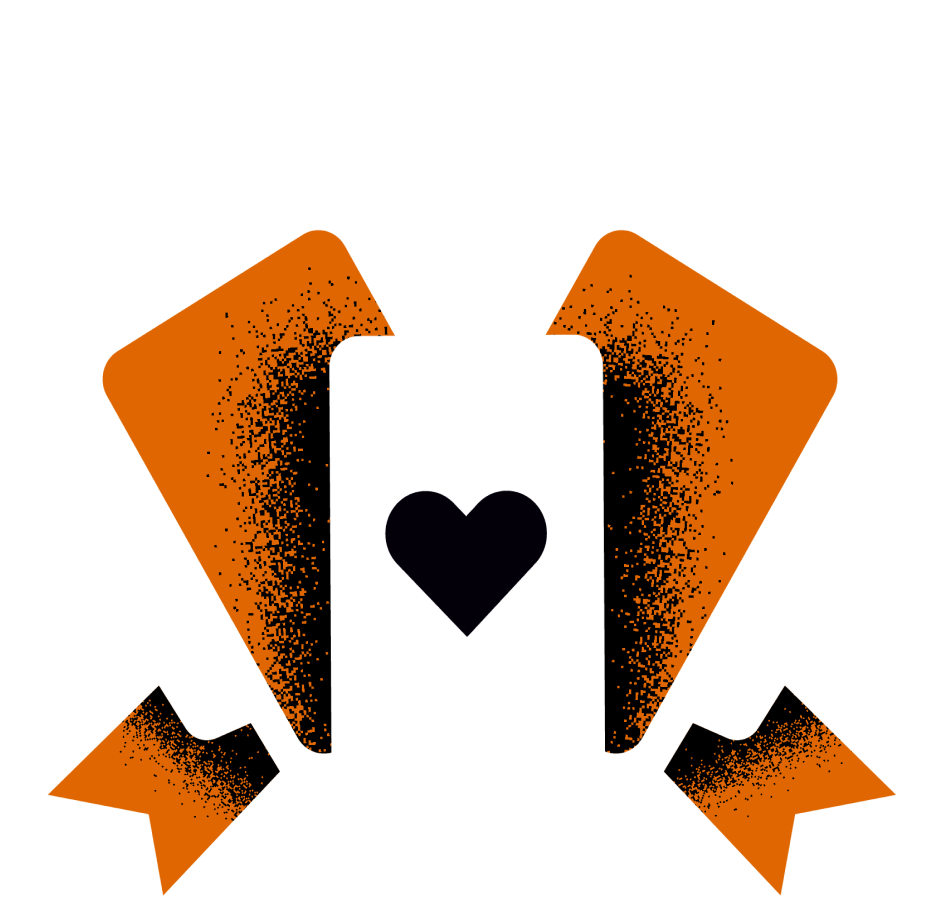Poker Strategy for Beginners: Essential Tips to Level Up Your Game
Poker is not just a game of chance, it’s a game of strategy, skill, and quick thinking. Whether you’re playing for fun or real money, understanding key strategies will improve your chances of winning. In this guide, we’ll cover essential poker strategies like tight-aggressive play, pot odds, and bluffing to help beginners build a solid … Poker Strategy for Beginners: Essential Tips to Level Up Your Game
Guides
Poker is not just a game of chance, it’s a game of strategy, skill, and quick thinking. Whether you’re playing for fun or real money, understanding key strategies will improve your chances of winning. In this guide, we’ll cover essential poker strategies like tight-aggressive play, pot odds, and bluffing to help beginners build a solid foundation.
11 Basic Poker Strategies for Beginners
Before we deep dive into the world of poker, it’s essential to grasp some basic strategies that can greatly improve your game. These 10 tips are designed to help new players make better decisions at the table, manage their bankroll, and avoid common mistakes. Whether you’re playing online or in-person, these simple yet effective strategies will set you on the right path to poker success.
1. Master The Tight-Aggressive Playstyle
The tight-aggressive playstyle is one of the most effective strategies for beginner players both in online poker and in real life. It involves playing a limited range of strong hands (tight) and raising aggressively when you do enter the pot. Instead of participating in every hand, which increases your chances of losing, you only play with a good hand.
This approach works particularly well for beginners because it keeps you out of marginal spots that can lead to tough decisions. By focusing on stronger hands, you reduce the risk of playing weak hands that can easily be beaten. When you bet aggressively with these stronger hands, you can build bigger pots and force opponents to make difficult decisions, often leading them to fold weaker hands.
To implement the tight-aggressive strategy, focus on hand selection. Many players refer to a poker hand chart to help decide which hands to play based on your position. For example, premium hands like pocket aces or kings should always be played aggressively.
2. Keep an Eye on Your Position
Position in poker refers to where you are seated relative to the dealer, and it plays a huge role in shaping your strategy. The further you are from the dealer, the later you act in each betting round. That gives you more information about your opponents’ actions before you make your decision. This advantage allows you to make more informed decisions and avoid costly mistakes.
There are three main positions: early, middle, and late. Players in early position, seated directly after the big blind, are at a disadvantage because they must act first with little information. As a result, it’s best to play only your strongest hands, like premium pairs, from this position. Middle position offers more flexibility, allowing you to play a wider range of hands, but you should still be cautious. Late position, particularly on the dealer button, is the most favorable. Here, you can observe how other players act before deciding whether to play aggressively or fold.
Position affects your strategy because it allows you to make smarter decisions. In late position, you can steal blinds, bluff more effectively, and extract value from weaker hands.
3. Try to Defend Your Blinds
The blinds in poker are mandatory bets posted by the two players to the left of the dealer before any cards are dealt. The small blind is typically half the size of the big blind, and both are designed to create action in the game by forcing players to put money in the pot. While posting the blinds gives you a stake in the pot, it also puts you in a vulnerable position since you must act early in the hand.
Defending the blinds is important because if you fold every time someone raises, you’ll lose chips uncontested. This can greatly eat into your bankroll over time. Defending means calling or raising a bet from another player to protect your investment in the blinds. However, it’s important to be selective about when you defend. You don’t want to defend with weak hands just for the sake of it. Instead, defend with hands that have good potential. This works well in situations where you’re facing a late-position raise and the opponent is more likely trying to steal the blinds.
When defending, consider your hand strength, the position of the raiser, and their tendencies. Key tips include raising with strong hands to push back on opponents trying to steal and calling with speculative hands that have the potential to improve, like suited connectors.
4. Learn How and When to Bluff
Bluffing is an essential poker strategy where you bet or raise with a weaker hand to make your opponents fold stronger hands. The goal is to represent a hand better than what you actually have, forcing your opponents into tough decisions. Bluffing adds unpredictability to your play, making it harder for opponents to read your hands accurately.
Knowing when to bluff is key to its success. Bluffing works best in situations where your opponents are likely to fold, such as when they’ve shown weakness by checking or calling. Late positions are ideal for bluffing, as you can observe your opponents’ actions before deciding. However, bluffing against multiple players or overly aggressive opponents is riskier, as the chances of getting called are higher.
A semi-bluff is a more advanced form of bluffing where you bet with a weak hand that has potential to improve, like a flush or straight draw. Even if your bluff gets called, you still have a chance to win by hitting your draw on later streets.
Here are a few tips to consider when bluffing:
- Bluff sparingly: Bluffing too often makes you predictable.
- Consider the board: Bluff on boards that are likely to scare opponents (e.g., coordinated, high cards).
- Know your opponents: Bluff more against tight players and less against loose, call-happy ones.
Bluffing can be highly effective when done wisely, but it’s important to balance it with solid play.
5. Look Out for Limping
Limping refers to the act of just calling the big blind preflop instead of raising. While it might seem like a safe way to see the flop, limping generally signals a weak hand to your opponents. This can lead to difficult post-flop situations, as stronger players are likely to raise, forcing you to either fold or call with a marginal hand.
Limping can sometimes work in specific situations. When several players are involved, limping may increase your implied odds.
For example, limping with pocket fives from the blinds can be a solid strategy in multiway pots. Since you’re already partially invested with the small or big blind, just calling allows you to see the flop without committing more chips unnecessarily, especially if you’re up against several opponents. Raising from the blinds with a small pair can lead to difficult post-flop decisions if you don’t hit a set.
In this situation, your goal is to see a cheap flop and potentially hit a set, where your implied odds increase as more players are involved. If you miss the set and face strong betting, you can fold without much loss.
Experienced players might use limping as a trapping strategy with premium hands, like pocket aces, to induce aggressive players into raising.
However, beginners should avoid limping, especially in aggressive games. It’s generally better to raise with strong hands to build the pot and isolate opponents, rather than passively calling.
6. Think About Poker Hands in Terms of Ranges
A hand range in poker refers to the spectrum of hands an opponent might hold, rather than focusing on a single specific hand. For example, if an opponent raises preflop, they could have a wide range of hands, from high pairs (like pocket kings) to strong drawing hands (like A-Q suited). Instead of trying to guess their exact hand, you consider all the possibilities within their likely range.
Thinking in terms of ranges leads to better decision-making because it accounts for the variability in poker. Focusing on a single hand can narrow your perspective, but evaluating a range helps you plan your strategy based on the overall probability of different hands. It helps you gauge whether your hand can beat most of the hands in your opponent’s range.
To start thinking in ranges, pay attention to position, previous betting patterns, and player tendencies. For example, if an opponent bets big on a dry board like K-7-2, they might be representing a strong hand, such as a king or higher pair. However, their range could also include bluffs with overcards like A-Q.
The key is to practice assigning ranges based on small clues, such as bet sizes and board texture, and adjusting your strategy accordingly. As you improve, your ability to make better reads will significantly enhance your game.
7. Master Pot Odds
Pot odds are a fundamental concept in poker that help you determine whether a call is worth making based on the size of the pot and the cost of the call. To calculate pot odds, simply compare the current size of the pot to the amount you need to call.
For example:
- The pot is $100.
- Your opponent bets $20.
- Your pot odds are 1:5.
If your chances of improving your hand are better than those odds, it’s generally a good idea to call. This allows you to make mathematically sound decisions rather than relying purely on guesswork.
8. Understanding Implied Odds
Implied odds factor in the potential future winnings you could make if you hit your draw. For example, if you’re on a flush draw, the pot may not offer good direct pot odds at the moment, but if you believe your opponent will continue to bet heavily if you complete your flush, the implied odds may justify a call.
Essentially, implied odds consider how much more you can win in future betting rounds if you complete your hand.
Mastering pot odds and understanding implied odds is crucial for making better decisions, as they guide when to call, fold, or raise based on the profitability of your hand. This concept is also closely related to poker equity, which measures your hand’s winning chances against an opponent’s range. By understanding both pot odds and poker equity, you can improve your overall game by adding solid math into your decisions.
9. Respect Bankroll Management – Protecting your Chips
Bankroll management is the practice of playing within your financial means to ensure you don’t risk more than you can afford to lose. It involves setting aside a specific amount of money for poker and making sure you stick to it, regardless of your wins or losses. Proper bankroll management helps you avoid financial strain and maintain a clear, focused approach to your game.
Key rules for effective bankroll management include setting strict limits on how much you can spend in a session and choosing stakes that align with your bankroll. For example, if you have a $1,000 bankroll, you should play at stakes where the maximum buy-in is no more than 5% of your total bankroll.
It’s a great idea to start with low stakes and gradually move up as your bankroll grows. Playing at appropriate levels helps you avoid unnecessary risk and gives you the experience needed to handle higher stakes effectively.
10. Bet Sizing: Making the Right Betting Moves
An important aspect of poker strategy is bet sizing. It influences both your opponents’ decisions and the size of the pot. A well-sized bet can pressure opponents into folding, build the pot when you have a strong hand, or minimize losses when you’re bluffing. Correct bet sizing keeps your opponents guessing and helps you control the game flow.
For pre-flop betting, a standard raise is typically 2.5 to 3 times the big blind. This size is enough to discourage weaker hands from calling without risking too much of your stack. Post-flop, the size of your bet should depend on the situation and board texture. A typical post-flop bet is between 50% to 75% of the pot, as this range forces opponents to think twice about calling without a strong hand.
A key tip for beginners is to always bet confidently. If you have a strong hand, bet to maximize your winnings while protecting against draws. Don’t be afraid to make larger bets in situations where your hand is strong, as timid bets often leave value on the table. On the flip side, well-timed smaller bets can help control the size of the pot and manage risk when you’re unsure of your hand’s strength.
11. Don’t be Afraid to Fold
Folding is a crucial part of poker strategy and it’s okay to fold. Even strong hands, in the right situations, need to be thrown away sometimes. You should ideally fold when your hand is likely beaten, when the cost to continue is too high, or when you’re unlikely to win.
Consistently folding in these scenarios helps you avoid losing chips on losing hands and prevents you from being bluffed into costly mistakes.
For example, consider folding if you raise preflop with J-J and a tight opponent re-raises all-in, their range likely includes hands like pocket queens, kings, aces, or A-K. Even though pocket jacks are strong, the likelihood of facing a better hand is high, making folding the right play to avoid losing a large portion of your stack.
Another good time to fold is when you’re holding top pair, like K-Q suited on a K-9-10 unsuited board, but face heavy betting on later streets. If a cautious player suddenly becomes aggressive, especially with a potential straight or set showing, folding can save you from calling into a hand where you’re likely beaten.
Embracing the fold when necessary will improve your overall game by focusing your chips on hands where you have a better chance of winning. It’s a disciplined approach that contributes to long-term success and better decision making at the table.
Poker Tips for Beginners – Simple, Practical Advice
Enhance your poker skills with these essential tips designed to boost your play and ensure you’re making the most of every hand. Here’s practical advice to help you navigate the tables like a pro:
- Tip #1: Be Selective with Your Hands
Play only strong hands in early positions. This conservative approach helps you avoid tricky situations and ensures that you’re entering the pot with a competitive advantage. - Tip #2: Pay Attention to Your Opponents
Observe betting patterns and behaviors. Understanding how your opponents play can give you valuable insights into their hands and help you make more informed decisions. - Tip #3: Don’t Play When Emotional
Avoid playing when tired or upset. Emotional decisions can cloud your judgment and lead to costly mistakes. Maintain a clear and focused mindset to play your best game. - Tip #4: Practice Patience
Fold when necessary and don’t feel obligated to play every hand. Waiting for the right opportunities increases your chances of success and prevents unnecessary losses. - Tip #5: Continual Learning
Regularly study and review hands to improve. Analyzing past sessions and learning from mistakes can help you refine your strategy and adapt to different situations. - Tip #6: Practice Value Betting
Bet when you have a strong hand to extract the most value from your opponents. Proper value betting helps you maximize your winnings and build larger pots. - Tip #7: Never Chase Your Losses
You should also avoid chasing losses. This means not increasing your stakes or playing more aggressively to recover lost money. This often leads to further losses and poor decision-making. Always remember to gamble responsibly. - Tip #8: Adapt to Table Dynamics
Adjust your strategy based on the flow of the game. Pay attention to how the table is playing and shift your approach to exploit weaknesses and capitalize on opportunities. - Tip #9: Manage Your Blinds Wisely
Be strategic with your blinds. Use them as an opportunity to pressure opponents and defend them effectively to avoid losing chips without a fight. Proper blind management can prevent unnecessary losses and strengthen your position.
Conclusion
Mastering poker strategy takes practice, but by focusing on key tactics like tight-aggressive play, understanding position, and managing your bankroll, you’ll set yourself up for success. Implement those beginner-friendly strategies and watch your game improve as you gain confidence and skill.
FAQs
A tight-aggressive playstyle involves playing fewer hands but betting aggressively when you do. This strategy helps avoid tricky situations and maximizes value from strong hands.
Position determines when you act in a betting round. Being in a later position gives you more information about opponents’ actions, allowing you to make better decisions.
Pot odds are the ratio of the current pot size to the cost of a contemplated call. Calculating them helps determine whether a call is profitable based on the potential return.
Implied odds consider the potential future winnings if you complete your draw. They help decide whether to call based on expected value beyond the current pot size.
Fold when you believe your hand is beaten or continuing will cost too much. It’s a strategic move to avoid losing more chips and wait for a better opportunity.


